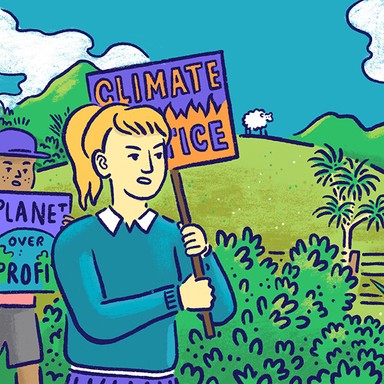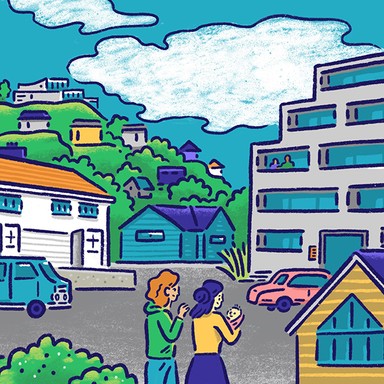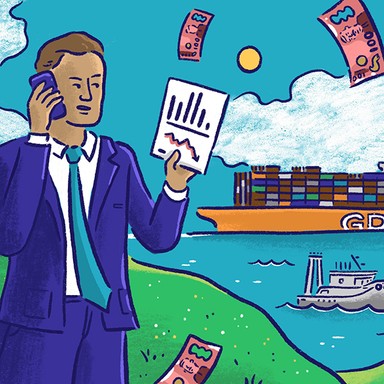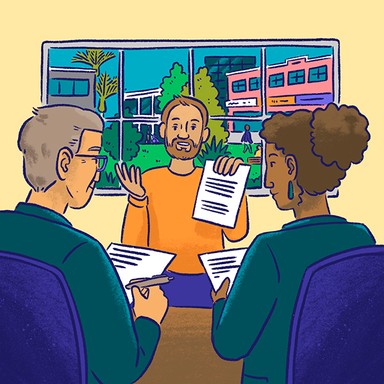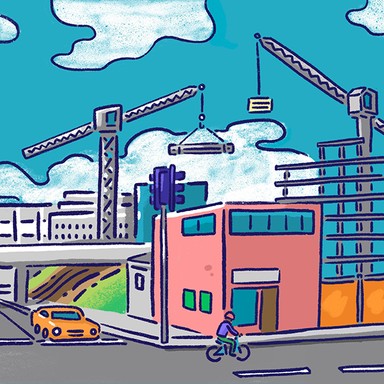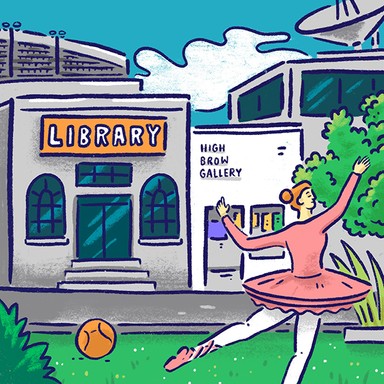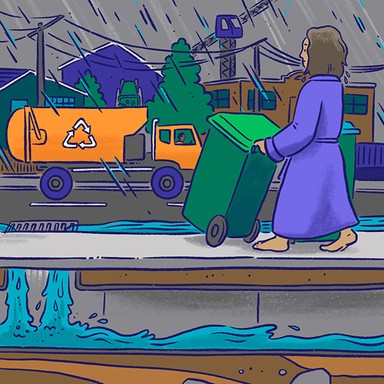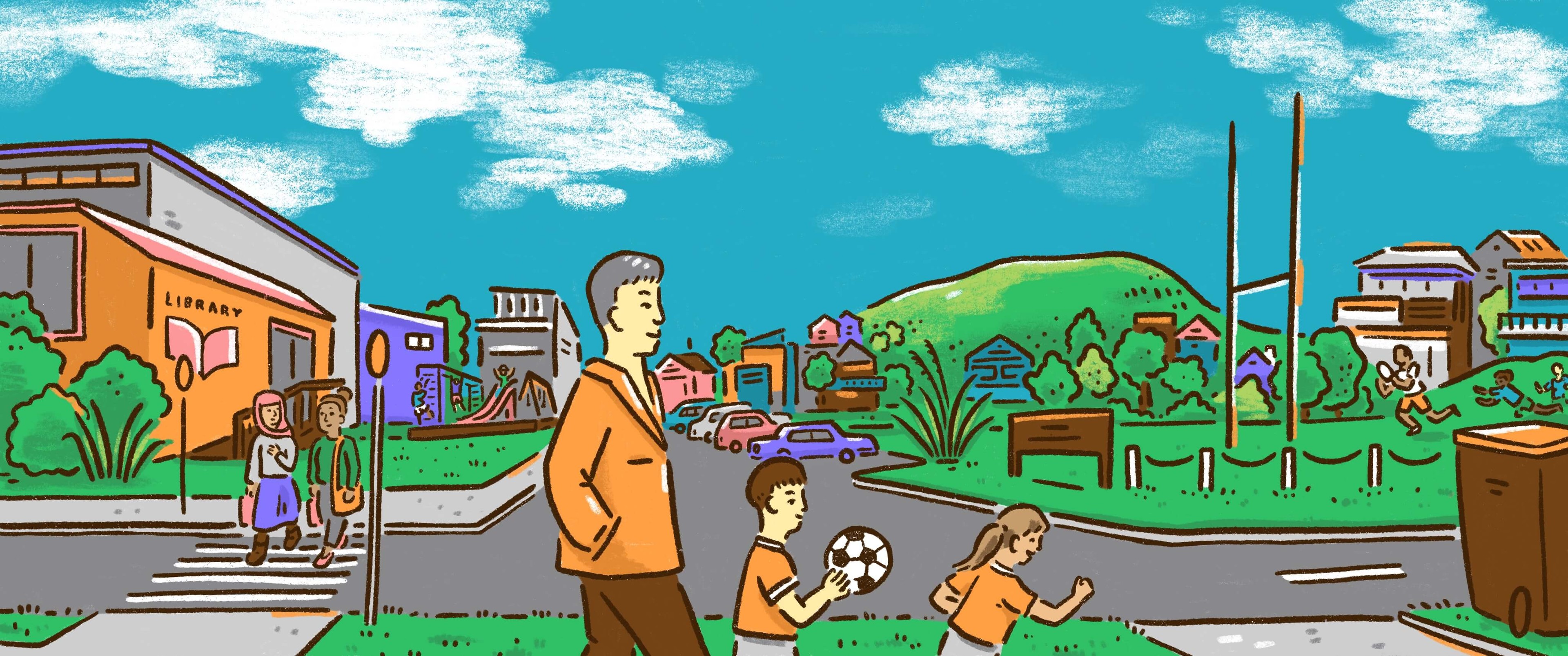
Whangārei District Council
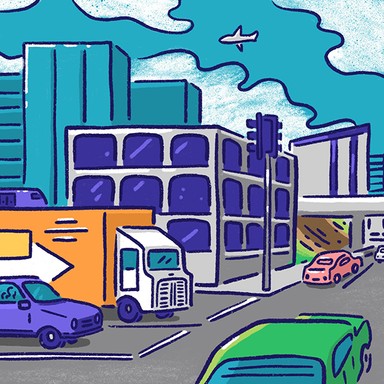
Transport
Helping communities get from A to B is a key responsibility of local government, from making sure the buses run on time to providing car parking and walking and cycling paths. Whether public transport is the responsibility of the regional or local council depends on where you are in the country. Local councils also own 87% of New Zealand’s roads.

Transport
Helping communities get from A to B is a key responsibility of local government, from making sure the buses run on time to providing car parking and walking and cycling paths. Whether public transport is the responsibility of the regional or local council depends on where you are in the country. Local councils also own 87% of New Zealand’s roads.
Continue planning for future transport needs by air, sea and road and pursue a four lane highway.
Increase bus usage by increasing routes, bus lanes and subsidised bus use.
Maintain and extend walking and bike paths.
Work with central government in developing State Highway One between Whangarei and Auckland, which should significantly reduce travelling time.
Ask hard questions around airport viability and the need to re-site and redevelop given that road travel time should reduce.
Investigate other transport options such as the Regent Viceroy, an all-electric Seaglider vessel or high-speed rail.
Improve public and active transport options.
Review current infrastructure procurement model.
Maintain and upgrade key transport infrastructure.
Continue following the long-term plan.
Improve transport safety for everyone by finishing walking and cycling connections that also reduce risk no matter how you travel.
Prioritise infrastructure with the best benefit-cost outcomes and complete transport links that are affordable, safe and future-proof.
Balance infrastructure and ease of living. Our people deciding the fate of these.
Create better roads and look at feedback from the community to guide this.
Continue planning for future transport needs by air, sea and road and pursue a four lane highway.
Increase bus usage by increasing routes, bus lanes and subsidised bus use.
Maintain and extend walking and bike paths.
Work with central government in developing State Highway One between Whangarei and Auckland, which should significantly reduce travelling time.
Ask hard questions around airport viability and the need to re-site and redevelop given that road travel time should reduce.
Investigate other transport options such as the Regent Viceroy, an all-electric Seaglider vessel or high-speed rail.
Improve public and active transport options.
Review current infrastructure procurement model.
Maintain and upgrade key transport infrastructure.
Continue following the long-term plan.
Improve transport safety for everyone by finishing walking and cycling connections that also reduce risk no matter how you travel.
Prioritise infrastructure with the best benefit-cost outcomes and complete transport links that are affordable, safe and future-proof.
Balance infrastructure and ease of living. Our people deciding the fate of these.
Create better roads and look at feedback from the community to guide this.
Mayor
Compare the mayoral candidates in your area
Local council
Compare the candidates for your city or district council
Regional council
Compare the candidates for your regional council
Local board
Compare the candidates for your local or community board
